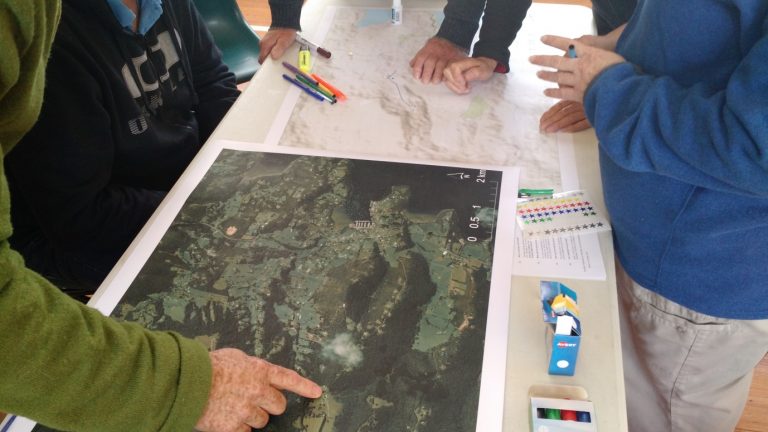NEEDS 2018: Northern European Emergency and Disasters Studies Conference
This blog was written by Bart Veneman, a student on our MSc International Disaster Management Programme.
NEEDS 2018: Northern European Emergency and Disasters Studies Conference
21-23 March 2018 – Amsterdam
Between the 21st to 23rd of March 2018, the upper floor of the Main Library of Amsterdam was transformed into a gathering place for scholars in emergency and disaster studies. Mostly from Europe, but also from the USA and Nepal, they gathered to present and discuss their latest research findings. The broad range of topics passing in the workshop sessions provided a platform for the multi-disciplinary group of scholars within disaster research, both for new and more seasoned researchers.
The conference was opened by a plenary session given by Tricia Wachtendorf, director of the Disaster Research Center at the University of Delaware. She provided an interesting overview of the history of disaster research and the struggles for recognition in the first decades. She also criticised the field as she feels that many research topics from 40 years ago are returning and the community does not seem to make a lot of progress. She therefore advocated changing the direction of research into finding more broad, bigger and bolder answers to some of the returning issues.
Another plenary speaker was Arjen Boin, professor of public governance and crisis management, who gave a provocative speech, also advocating for new visions in disaster research. The last speaker was Nama Budhathoki, who had used his research to create Kathmandu Living Labs. He gave an inspiring speech on how science can be transformed into practice and how it, in his case, had led to a movement of volunteers mapping the disaster zone of Nepal just after the 2015 earthquake. I recently took part in a mapathon organised by my Programme Director at HCRI (Dr Billy Haworth), so was very interested in Nama’s account of how open street mapping can be used in real-time disasters.

Bushfire Ready Neighbourhoods community engagement activities: participatory mapping (image credit: Billy Haworth).
Besides the plenary sessions there were plenty of panels to choose from. One of the sessions topic was about resilience, a topic we have extensively discussed and read about in our lectures. While most researchers in the resilience panel discussed their findings on a resilience related research question related to a specific disaster, one of the presenters came with a rather provocative research claiming that defining resilience is not important at all and that the plural used interpretations of the concept are a strength in itself. Although I don’t entirely agree, such a presentation is rather refreshing and gives food for thought. It created a lively debate, which made clear that a consensus of the exact meaning is still far away. The fact that the concept of resilience has been extensively taught in our classes made it easy to follow the presenters and engage in the discussions that followed.
Other panels examined findings and interpretations of the concept of localisation and how it is practised in the world of practitioners. The concept of localisation and the related dilemmas are closely linked to the topics we came across in the class of ‘culture and disasters’. Health in emergencies was discussed in various panels from different angles as well, such as through network analyses, but also around research to improve planning for infectious disease outbreaks. The knowledge gained in courses such as ‘Global Health and food insecurity’ came at handy here. Altogether it was a very varied program touching on many different issues facing in the emergency and disaster studies community.
Overall it was a very interesting conference with provocative, inspiring and challenging talks. It illustrated nicely how the field of disaster is progressing and also some of the struggles. It showed the relevance in current disaster management of many of the topics we came across in our courses, such as resilience building, localisation, governance, cultural aspects and health in emergencies to name a few. All this made it worthwhile to attend. I left the conference with a lot of food for thought, with motivation and inspiration for further learning. As it was only the third NEEDS conference, the organisers expressed their plans to continue organising this event, so it is worthwhile keeping our eyes open for next year.
Written by Bart Veneman.
Read Dr Billy Haworth’s blog on new perspectives on disaster management research here.


0 Comments